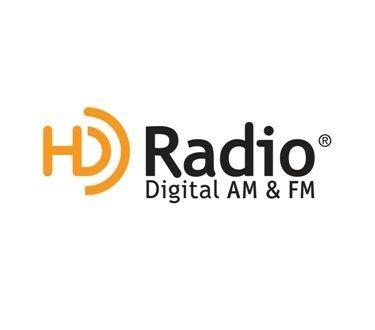
Xperi used their video on-demand session at the NAB Show Express, “Generating ROI From Your Digital Upgrade,” to update the industry on the latest metrics for its HD Radio technology, adoption rates, vehicle penetration, HD Radio features, how to generate new ROI using HD channels and FM translator signals and to provide some information on the company’s new DTS Connected Car technology.
To begin the presentation, Director of U.S. Broadcast Sales Rick Greenhut also answered many of the questions the company usually receives at its booth on the Radio Show floor, such as “So what are you guys called this week?” He explained the history of the technology originally developed by iBiquity, which was acquired by Digital Theater Sound (DTS) in 2015; Tessera acquired DTS a year later. “The combined entity is now called Xperi,” Greenhut said. “Xperi was launched in 2017 and continues to grow.”
HD Radio By The Numbers
Xperi broadcast solutions serve more than 8,500 stations worldwide. In North America, “We’ve got over 2,450 stations on the air in the United States, Canada and Mexico,” Greenhut revealed. “There are over 65 million vehicles equipped with HD Radio on the road right now in North America and over 70 million HD Radio receivers have been sold.”
The bulk of the stations using the technology are in the United States. Mexico accounts for 117 stations and Canada, where it is still under experimental approval, has l33 stations that are testing the technology. “In the U.S. just under 3,000 stations are on the air currently as of May 2020,” Greenhut said. “In terms of total digital channels with all the multicast channels that adds up to almost 4,500 separate digital broadcasts.”
Of the stations in the United States using HD Radio technology, more than half are broadcasting at least an HD2 channel. “There are over 1,500 HD2 channels on air, some 549 HD3 channels and 88 HD4 channels,” he continued.
Greenhut said 79% of U.S. radio listeners tune to stations broadcasting with HD Radio technology every day. “Of that 79%, not every one of those listeners currently has an HD radio receiver but they’re listening to stations that are indeed broadcasting with HD,” he explained. “That means when they get a new car with an HD Radio receiver, they’re going to be able to get the benefit of higher quality audio, additional channels and all the benefits that come with HD Radio.”
HD Radio Vehicle Penetration
All the major auto brands currently offer factory installed HD Radio technology on at least one model, Greenhut said. HD Radio is offered by 41 auto manufacturers in more than 300 model vehicles. “In 2019 about half the cars delivered in the U.S. came with HD Radio receivers,” he continued. “Over nine million cars were shipped, and that includes aftermarket radios.” Overall, in North America “there are over 65 million cars on the road with HD Radio receivers.”
Additionally, there are more than 4 million consumer HD Radio home and portable receivers in the population. “That comes to about 70 million HD Radio receivers in the U.S., Canada and Mexico… U.S. auto penetration is well over 22% in the Top 10 DMAs. Well over one car in three in a number of major markets.”
Generate New ROI Using The Low-Hanging Fruit
Greenhut explained how broadcasters can use HD Radio to create an additional analog FM signal in the market. A station that has upgraded to HD Radio technology launches an HD2 channel with separate programming, which is simulcast on an FM translator. “The net result is there’s another analog signal in the market,” he remarked. “It creates that unique signal that can generate immediate new station return on investment.”
Using Montgomery, AL as a market example, Greenhut recalled a radio group that created a classic Hip-Hop station on its HD2 channel, an album rock station on HD3 and classic country on HD4. Each station is simulcast on its own translator signal and “as far as the marketplace is concerned, there were three new FM stations in town,” he explained. “People with HD Radios knew better, but 100% of the people with any kind of radio could hear these analog translators and appreciate these formats.”
DTS Connected Radio
“An exciting product we are coming out with this year is called DTS Connected Radio,” Greenhut said. “It’s an interactive combination of over the air broadcast and IP.” The technology combines “the over the air broadcast with a point-to-point IP backchannel,” he continued. “It provides things like service following and an electronic program guide that will bring new facets to broadcast radio.” The technology will provide “new stations, new features and new music and provide metric data, listener insights and metrics that were never before available to broadcasters,” Greenhut explained.
View the full on-demand presentation, which also includes an update on Xperi’s app business and Artic Palm software, on the NAB Show Express website HERE. – Jay Gleason
Vía: Insideradio




